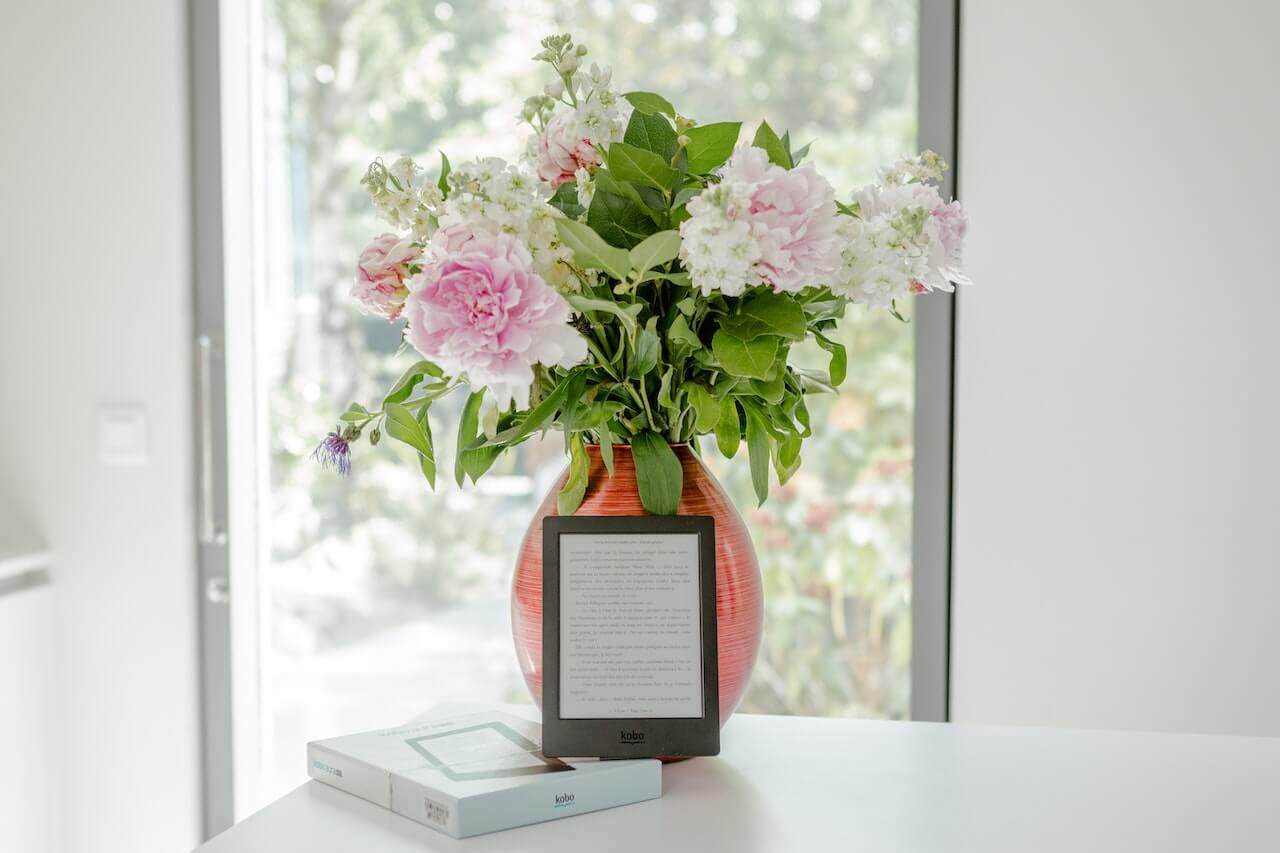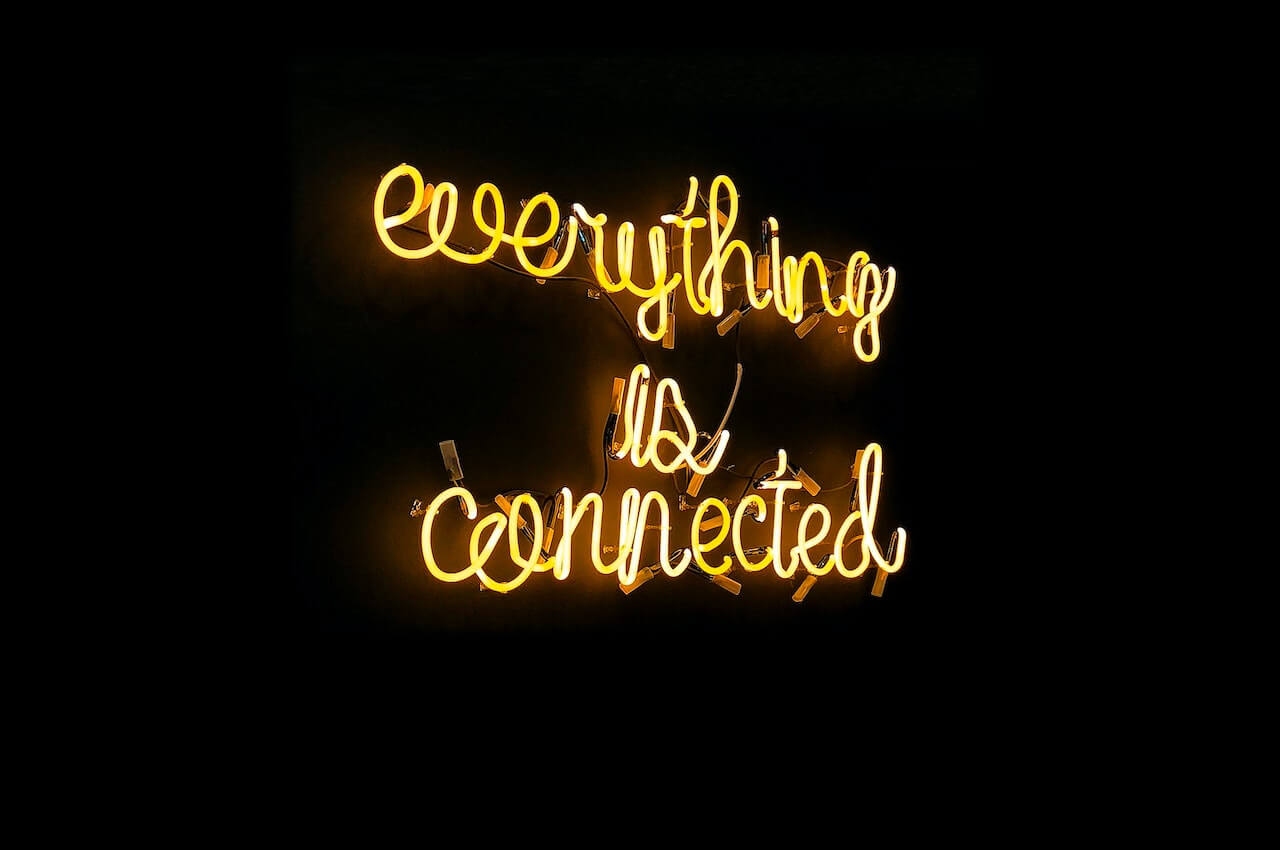You may have experienced toxic people in your work and aren’t sure how to deal with it. A coaching colleague of mine, Pat Farrell, works in this realm with nurses. I’ve known Pat for several years since we share a mission to support people working and living with passion and purpose. This week, I want to feature a newsletter article Pat wrote about her work with nurses and ‘lateral violence’ . Her ideas below apply to any one who experiences intimidation or bullying behaviors at work.
**************************************************************
I’ll bet you’ve heard “It’s just the way he is” or “Oh don’t mind her, she’s like that.” Lateral violence in the workplace is a term that may not be familiar to us but we know it when we see and feel it. Embarrassing. Belittling. Verbally abusive language. Gossip. Condescending speech. Familiar to anyone? Why do we let it go on? Why is this ok for us?
It takes courage to confront. Anger is not courageous. Ignoring bad behavior is not courageous – in fact, it feels just the opposite. The trick to confronting is caring about you and others. You have to care enough about restoring or maintaining a relationship to confront someone who has let you down, embarrassed you or made you the center of a ridicule or cruel joke. Confronting is NOT retaliation. It is not getting even. It’s about speaking the truth in love. Now that takes courage.
There are some simple guidelines to follow that will enable you to restore peace in the home or workplace. Are you speaking the truth in love when you confront a teammate in front of the staff? Your husband in front of his buddies? An essential rule of caring enough to confront is to speak to someone in private. Want to drive someone to anger or “silent violence”? Confront them in front of their colleagues, it works every time.
Are you concerned about preserving a relationship when you confront someone in the height of anger? You can’t confront any situation if you’re mad. Almost 3000 years ago, Solomon taught us “A patient man has great understanding, but a quick-tempered man displays folly”. (Proverbs 14:29) No wiser words. Wait. Take the time to regain your composure so that you can better understand a situation. Remember the objective is a peaceful environment and two angry people shouting in public can never accomplish this goal. (And sneering and glaring at each other will only escalate the problem.)
Be sure that when you are courageous and decide to care enough to confront – it’s for all the right reasons. Care enough about yourself, the other person, and your home or work to create a healing environment.
********************
For more resources, see our Library topic Spirituality in the Workplace.
——————
Pat Farrell is a nurse and a life coach. With 37 years of experience in a variety of healthcare settings, she brings a personal understanding to the efforts of improving HCAHPS scores and ending lateral violence within the nursing profession. Pat’s mission is, ” to help others find their path – their purpose – their mission. To have meaningful work brings an indescribable sense of peace and purpose.” [email protected]










